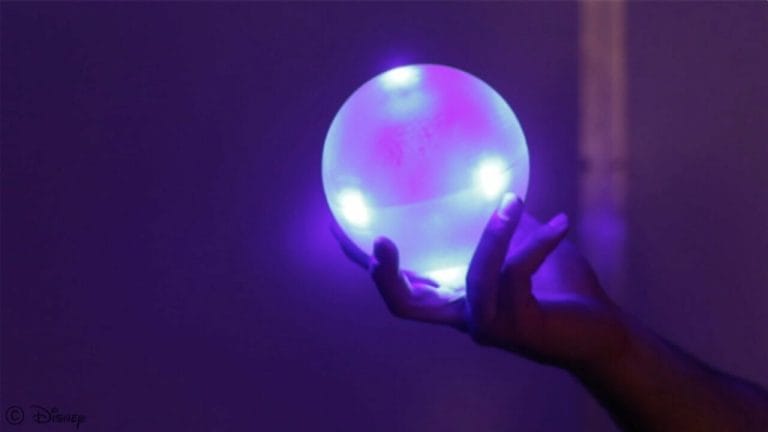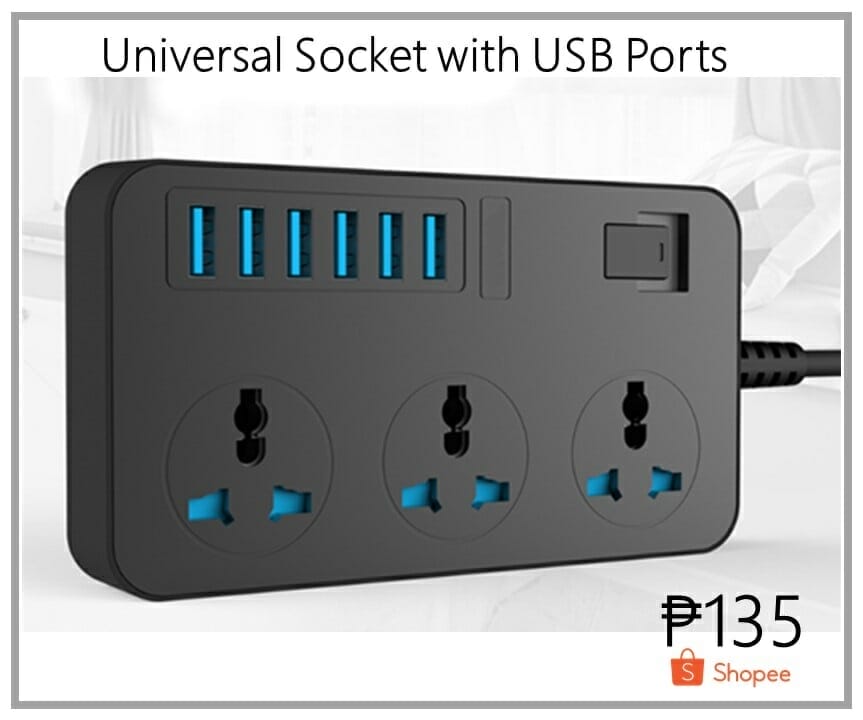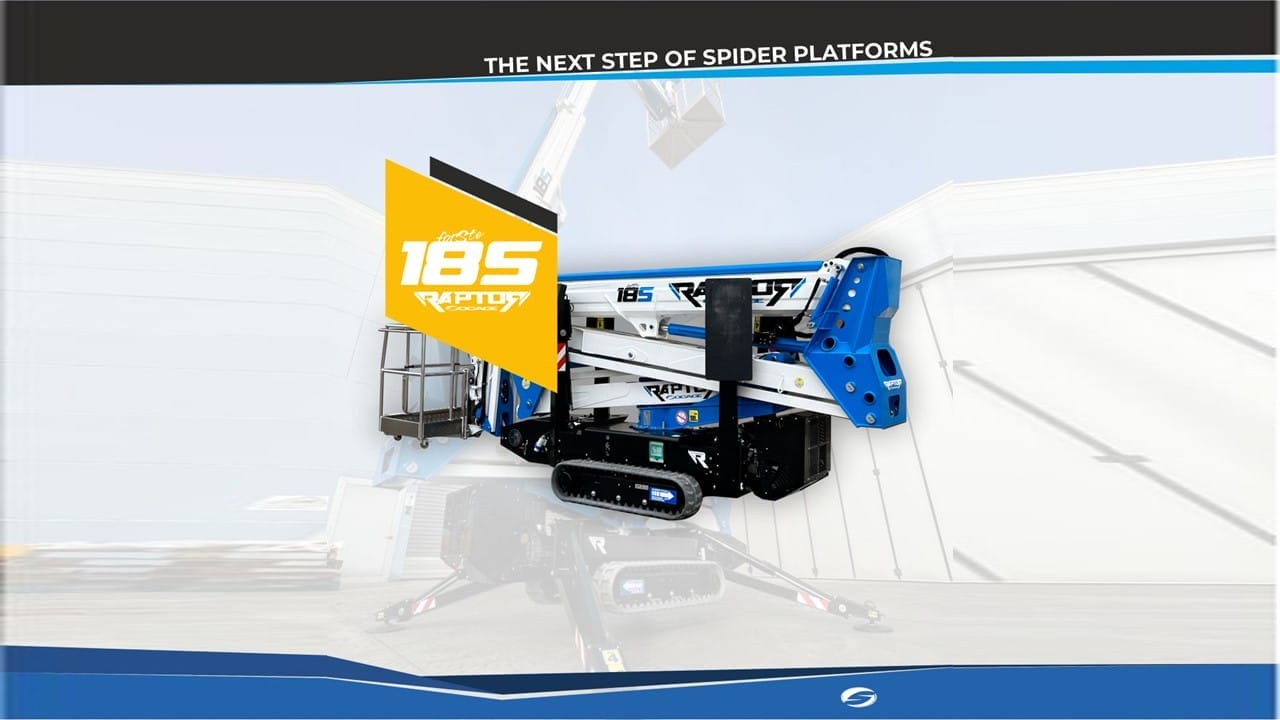Charging our devices in the future may no longer need electrical cords or charging cradles as it will only be done wirelessly. But perhaps the future is now: Disney Research has developed a new method that does just that.
Called the quasistatic cavity resonance or QSCR, this method wirelessly transmits power throughout a room and enables users to charge their electronic devices like how they do with WiFi hotspots. The research was done in a 16 by 16 feet room at their lab which was built for the study.
In the research, they were able to power smartphones, fans and lights simultaneously without having to plug any cords, and instead charge them wirelessly. It was possible through a near-field standing magnetic waves that filled the interior of the room.

Alanson Sample, associate lab director & principal research scientist at DIsney Research who also leads the lab’s Wireless Systems Group, says that this new innovative method will make it possible for electrical power to become as ubiquitous as WiFi. In turn, it could enable new applications for robots and other small mobile devices by eliminating the need to replace batteries and wires for charging.
“In this work, we’ve demonstrated room-scale wireless power, but there’s no reason we couldn’t scale this down to the size of toy chest or up to the size of a warehouse,” Sample adds.
It works by having the entire room induced through the metalized walls, floor and ceiling. This generates uniform magnetic fields that permeate the room’s interior, and transmits power efficiently to receiving coils that operate at the same resonant frequency as the magnetic fields.
For the induced current not to leak harmful electrical fields and electrify other objects in the room, they are channeled through discrete capacitors that hide in a copper pole placed in the center of the room. It is through these capacitors that set the electromagnetic frequency of the structure.
One of the researchers, Matthew J. Chabalko, shares that their simulations can transmit 1.9 kilowatts of power while meeting federal safety guidelines. To easily quantify this, know that this power is equal to charging 320 smartphones simultaneously.
Nikola Tesla should be smiling wherever he is right now for partially making his unrealized dream come true. He once demonstrated a wireless lighting system in the 1890s and proposed a system for transmitting power long distances to homes and factories.
Source: Phys.org












